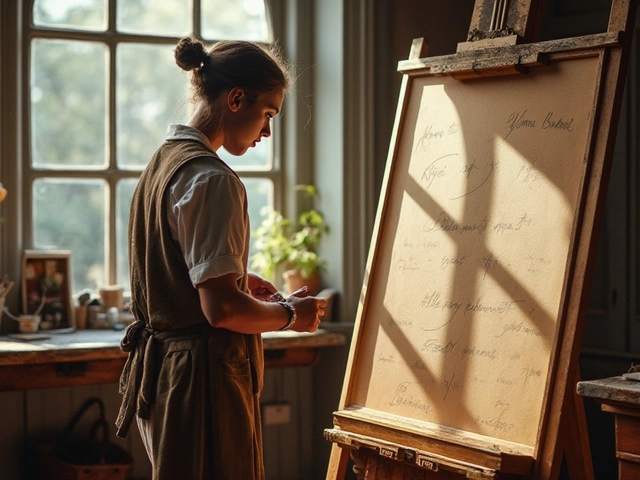Best Selling Print Size: What You Need to Know
When talking about Best Selling Print Size, the most popular dimensions that art buyers choose based on sales data and collector preferences. Also known as top print dimensions, it helps artists and sellers decide which formats will move fastest and fetch the best price. Understanding these sizes means you can plan your production, set realistic print pricing, and meet the expectations of buyers who often look for ready‑to‑hang options.
The term art prints, reproductions of original works on paper, canvas, or other media covers everything from limited runs to open‑edition posters. Among them, limited edition prints, small‑batch reproductions signed and numbered by the artist command higher prices and tend to favor slightly larger formats like 16×20 in or 24×36 in because collectors want a striking presence on the wall. The size you pick directly influences print pricing, the cost range from budget-friendly poster to premium giclée. Larger prints usually require more material, higher‑quality inks, and sturdier framing, which pushes the price up, but they also attract buyers looking for gallery‑ready statements.
Why Size Matters for Artists, Sellers, and Buyers
First, size determines the visual impact. A 8×10 in print works well for intimate spaces and offers a low entry price, while a 24×36 in piece can become a focal point in a living room or office. Second, size influences production logistics. Smaller prints ship cheaper and fit standard envelopes, reducing overhead for online sellers. Larger formats often need specialized packaging and may incur higher freight costs, which sellers factor into the final price. Third, size affects market perception. Buyers often associate big dimensions with higher value, especially when the artwork is a giclée print, a museum‑quality, pigment‑based reproduction. This perception creates a feedback loop: popular large sizes boost confidence in pricing, and strong pricing reinforces demand for those sizes.
Another key point is wall space. Most homeowners measure their walls before purchasing, so standard sizes like 11×14 in, 16×20 in, and 20×30 in appear frequently in sales reports. These dimensions fit common frame sizes, making it easy for buyers to find ready‑made frames. When an artist releases a new series, offering a mix of these "best selling" sizes ensures that at least one option will match a potential buyer’s space, increasing the chance of a sale. At the same time, experimenting with unconventional ratios (e.g., panoramic 12×36 in) can attract niche collectors looking for something different, but such sizes usually sell in smaller volumes.
From a pricing standpoint, data shows a clear relationship: best selling print size correlates with tiered price points. Small formats (8×10 in, 11×14 in) often sit in the $20‑$60 range for open editions, while mid‑sizes (16×20 in) climb to $80‑$150 for limited runs. Large formats (24×36 in and up) frequently exceed $200, especially when printed on archival canvas or fine art paper. Artists who understand this pricing ladder can strategically release multiple size options, capturing budget‑conscious buyers with small prints and high‑end collectors with larger, limited editions.
Finally, consider the role of digital marketplaces. Platforms like Etsy, Saatchi Art, and local gallery websites display size filters prominently because shoppers start their search by narrowing down dimensions. When you tag your listings with the right size keywords, you improve discoverability. Moreover, many buyers compare sizes side‑by‑side to visualize how a piece will look in their home, so clear, accurate size information builds trust and reduces returns.
All these factors—visual impact, production cost, framing availability, market perception, and pricing tiers—intersect to define what makes a print size a bestseller. Below, you’ll find a curated collection of articles that dive deeper into each aspect, from choosing the right dimensions for your style to mastering pricing strategies and understanding collector preferences. Browse the posts to see concrete examples, step‑by‑step guides, and real‑world data that will help you pick the perfect size for your next print release.

Discover the art print sizes that sell best on Etsy, why they perform, pricing tips, listing tricks, and common pitfalls for sellers.





